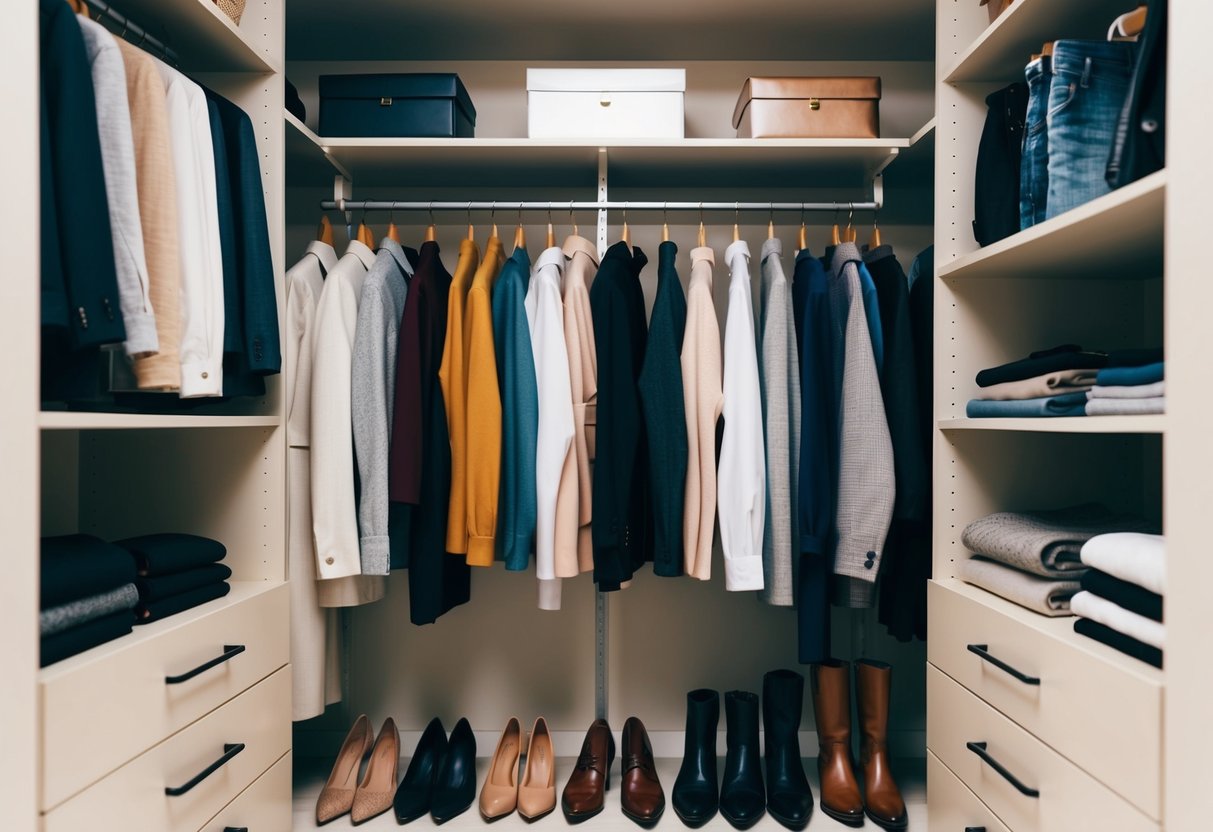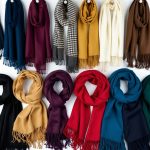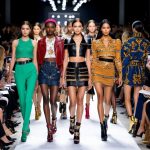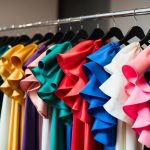
Financially Savvy Fashion: Budgeting for Quality
Building a wardrobe with investment pieces requires strategic budgeting and a focus on long-term value. Thoughtful purchasing decisions balance initial costs with durability and versatility.
Calculating Long-Term Savings
Determining cost per wear is crucial in assessing the true value of clothing. Instead of focusing on a garment’s initial price, one should consider how often it will be worn. A higher-priced piece that lasts for years proves more cost-effective than cheaper items needing frequent replacement. Such investment pieces often include classic styles and neutral tones that withstand changing trends. By analyzing spending through cost per wear, one can identify patterns leading to smarter purchasing decisions.
Take, for example, purchasing a quality coat. If worn consistently over several winters, the cost per wear decreases significantly. This approach ensures that spending aligns with long-term budget goals while maintaining a stylish and practical wardrobe.
Where to Invest in Quality Garments
It’s important to identify which items deserve investment. Classic coats and tailored blazers are wise choices due to their timeless appeal and frequent use. Denim jeans crafted from durable fabric can also be a smart buy, as they often serve as a staple in casual outfits. Additionally, well-made shoes and versatile bags warrant attention, as they endure daily wear and contribute to polished looks.
When investing in such garments, selecting brands known for high-quality materials and craftsmanship is advisable. These items, though initially costly, often prove economical, as they require fewer replacements and sustain a wardrobe’s core functionality. By focusing on quality over quantity, a wardrobe built on such investments ensures style, longevity, and financial prudence.
Future-Proofing Your Style
Creating a wardrobe that lasts requires strategic choices. By focusing on timeless design and sustainability, individuals can maintain a classic wardrobe suited to their personal style for years to come.
Adapting Investment Pieces for Trend Cycles
Investment pieces are the cornerstone of a sustainable wardrobe. By selecting items with timeless appeal, they blend seamlessly into various styles and adapt to changing fashion cycles. For instance, a well-cut blazer or a classic trench coat can be worn through multiple seasons without appearing dated. Such garments should prioritize longevity in both style and fabric.
Selecting pieces in neutral tones enhances versatility, ensuring that they complement a range of other items. Incorporating these classic elements allows individuals to skillfully mix and match with trendier accessories or garments, keeping the look fresh without major overhauls every season. These careful selections offer the ultimate in style longevity.
Sustainability and Ethical Considerations
Sustainability is a vital factor in future-proofing fashion choices. Opting for ethically produced garments not only supports responsible production practices but also often results in better-quality items that stand the test of time. For example, choosing brands that value fair trade and eco-friendly materials helps preserve natural resources and supports ethical labor practices.
Materials like organic cotton, linen, or recycled fibers can reduce environmental impact. Investing in pieces from brands with transparent supply chains ensures that each garment is made with care for both people and the planet. Prioritizing sustainability in fashion choices aligns personal style with larger ethical considerations, contributing to a wardrobe that feels as good as it looks.



